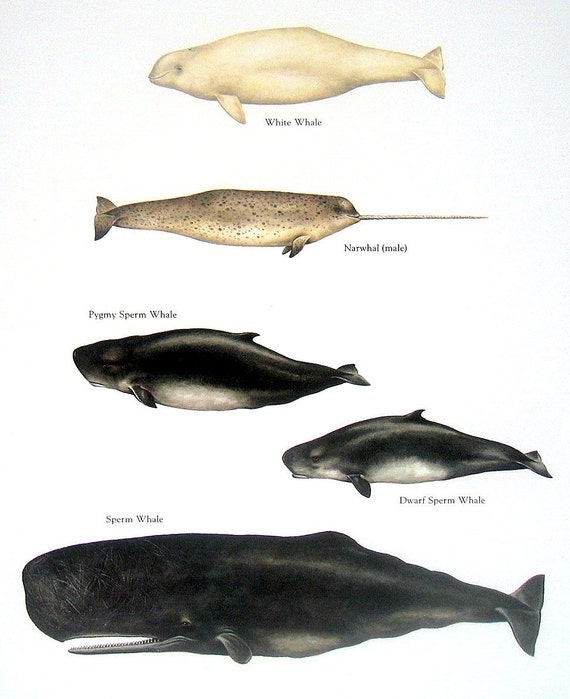

Further threats include becoming tangled in fishing gear, collisions with boats, underwater and anthropogenic noise, and an increasing concern as regards the habitat of whales, particularly for deep-diving sperm whales that make use of sound when feeding, communicating, and navigating in the ocean. Selective hunting of the biggest breeding males will probably have decreased rates of reproduction, and the loss of the largest female whales from nursery groups will have decreased the groups' survival. Sperm whales suffer from commercial harpoon fisheries in Indonesia, the Lesser Antilles, and Japan. Their clicks are among the most powerful sounds in the animal kingdom and it has been hypothesized that they can stun prey with their clicks. Sperm whales usually dive between 300 to 800 meters (980 to 2,620 ft), and sometimes 1 to 2 kilometers (3,300 to 6,600 ft), in search of food. On surfacing, they usually blow 20 to 70 times before diving again.
#Dwarf sperm whale series#
They also make a stereotyped, repetitive series of around 3-40 clicks when they meet another whale, known as a whale's "coda." A Sperm whale is a very deep diver and may remain underwater from 20 minutes to more than an hour. These whales make clicking sounds for echolocation, but also use a range of other sounds such as groans, whistles, chirps, squeaks, pings, yelps, and wheezes. Older males are typically solitary except in the breeding season.

Groups often consist of either "nursery schools" of juveniles and adult females, as distinct from groups of bachelor bulls. More common, however, are loose family groups of about 30 animals. Sperm whales are very gregarious and they form groups of around 100 individuals, roughly according to age and gender.
#Dwarf sperm whale skin#
In contrast to the smooth skin of most large whales, its back skin is usually wrinkly and has been likened to a prune by whale-watching enthusiasts. The largest ridge was called the 'hump' by whalers and can be mistaken for a dorsal fin because of its shape and size. It has a series of ridges on the back's caudal third instead of a dorsal fin. The whale lifts its flukes high out of the water as it begins a feeding dive. Proportionally, they are larger than that of any other cetacean and are very flexible. The Sperm whale's flukes (tail lobes) are triangular and very thick. This gives rise to a distinctive bushy, forward-angled spray. The S-shaped blowhole is located very close to the front of the head and shifted to the whale's left. The whale’s distinctive shape comes from its very large, block-shaped head, which can be one-quarter to one-third of the animal's length.

The Sperm whale's unique body is unlikely to be confused with any other species.


 0 kommentar(er)
0 kommentar(er)
